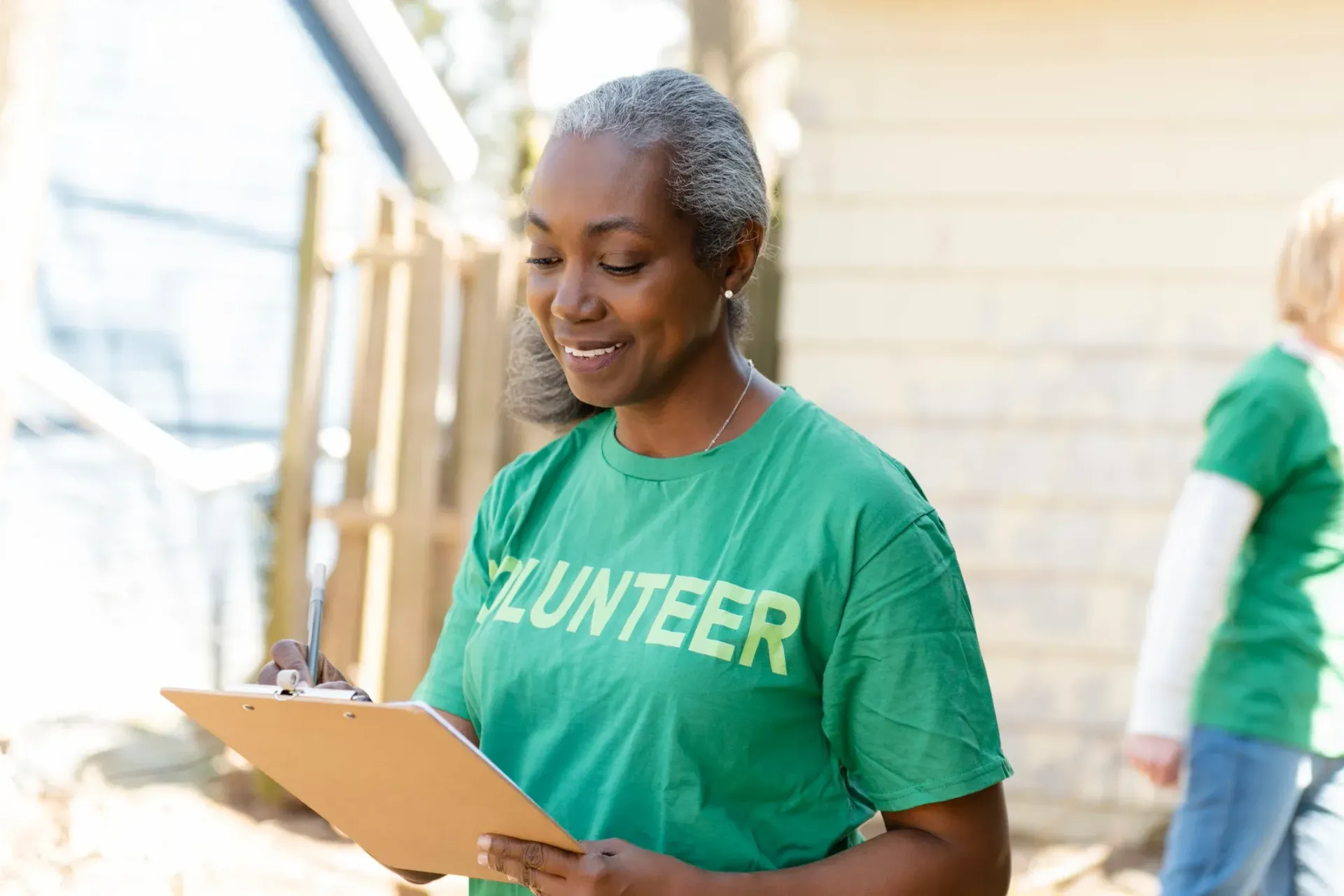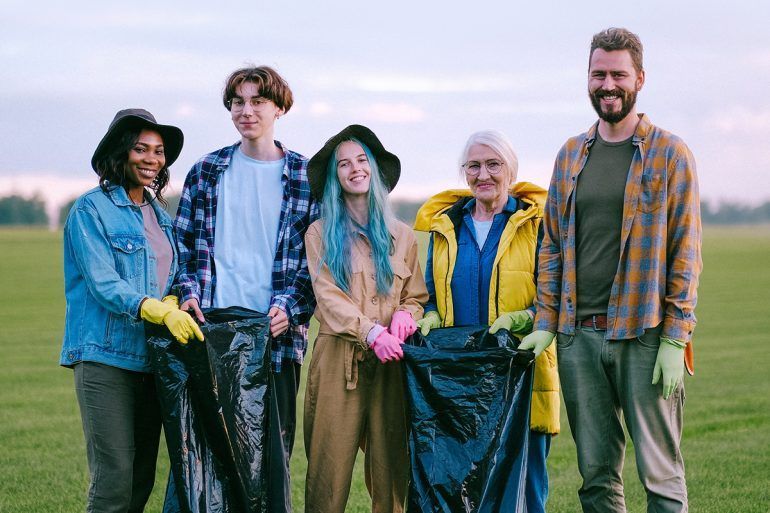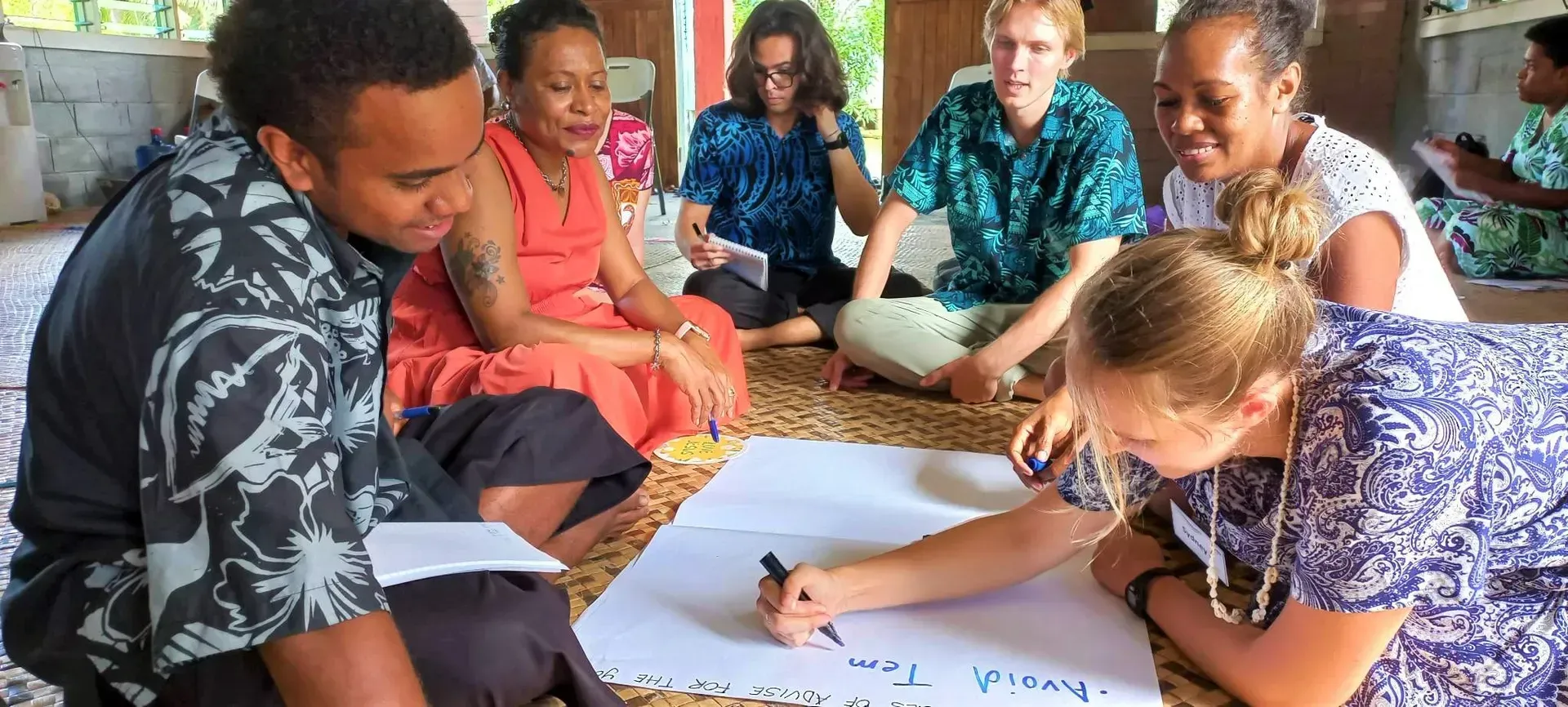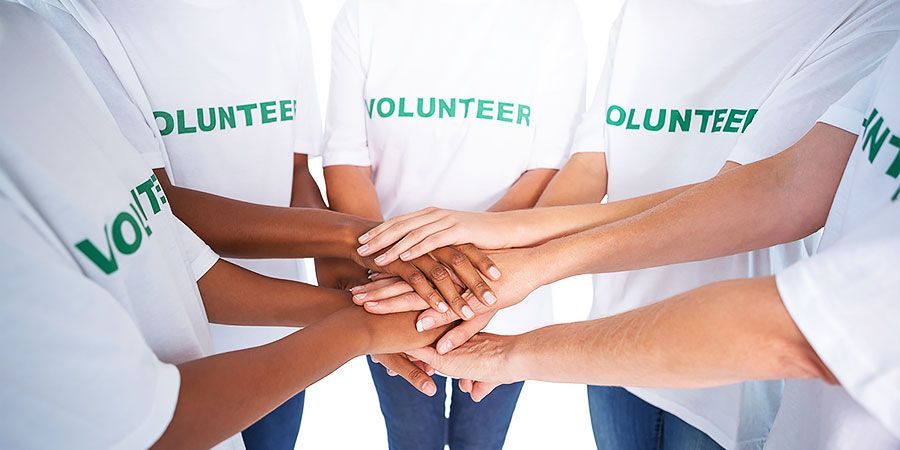Is There a Dress Code for Volunteering? What to Wear & Bring
TLDR;
Yes, there is often a dress code for volunteering, but it varies by organization and role.
Volunteers should wear comfortable, modest, and task-appropriate clothing—closed-toe shoes, breathable layers, and organization-specific gear are common; bringing items like water bottles, ID badges, and gloves is often recommended.
Why Dress Codes Are More Than Just Guidelines
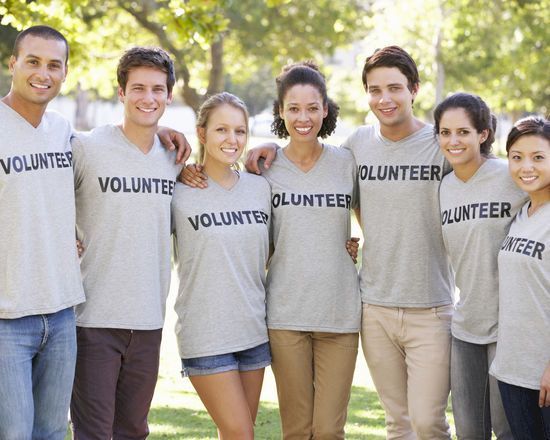
What you wear while volunteering isn’t just about looking presentable—it’s a matter of safety, professionalism, and respect. At CleanUP USA, where our volunteers engage in everything from mobile hygiene services to community outreach, adhering to the right attire is essential for impact and integrity.
Here’s why volunteer dress codes matter:
- Safety: Proper clothing can protect volunteers from injury, illness, or discomfort.
- Professionalism: Volunteers often represent the organization in public settings.
- Respect: Appropriate dress shows consideration for clients, staff, and the communities served.
- Liability: Organizations have a duty of care and may establish dress expectations to meet insurance and legal standards.
Common Dress Code Guidelines (What Most Nonprofits Expect)

While exact requirements vary, there are standard expectations that apply to most volunteer opportunities:
Footwear:
- Closed-toe shoes (sneakers or work shoes)
- Slip-resistant soles if working in kitchens or clinics
- No sandals, heels, or flip-flops
Clothing Coverage:
- No crop tops or low-cut shirts
- Sleeves required—short or long are both usually acceptable
- Pants or shorts must reach at least the knee
Climate & Weather Adaptation:
- Light, breathable fabrics in hot environments (e.g., Texas summers)
- Jackets or layers for cold storage or outdoor work
- Hats and sunglasses for sun exposure
Gear Provided or Required:
- Organization-branded shirts, polos, or aprons
- Name badges or ID cards
- Hairnets or gloves in food prep areas
Dress Codes by Volunteer Role

Each volunteer setting comes with its own set of requirements. Here's a breakdown by role:
Warehouse & Food Distribution
- Sturdy jeans or work pants
- T-shirts or polos with full coverage
- Steel-toe or rubber-soled shoes
- Optional: work gloves, beanies for cold zones
Hospital & Healthcare
- Clean scrubs or business casual
- Closed-toe shoes with non-slip soles
- Limited jewelry and strong hygiene practices
- Optional: hair tied back, minimal perfume, masks
Office & Administrative
- Business casual (slacks, collared shirts, blouses)
- Comfortable yet polished shoes
- Conservative tops and skirts (knee-length minimum)
Outdoor & Environmental
- Durable pants (cargo or utility)
- Lightweight, UV-protective tops
- Wide-brim hats and SPF-rated sunglasses
- Sturdy boots or hiking shoes
Event Assistance & Public-Facing Roles
- Branded t-shirts or polos
- Comfortable, clean pants or skirts
- Crossbody bag or pouch for mobile items
- Closed-toe, cushioned shoes for long periods
Your attire should match the tasks you’re assigned, which is why
volunteer role selection is a key part of preparing for service. Knowing your role in advance helps you dress appropriately, whether you're working behind the scenes or out in the field.
CleanUP USA Note: For mobile services in Texas neighborhoods, our volunteers use breathable, sweat-wicking gear and always carry backup essentials like extra socks and towels. The sun can turn small errors into big problems.
What You Should Bring to Every Volunteer Shift
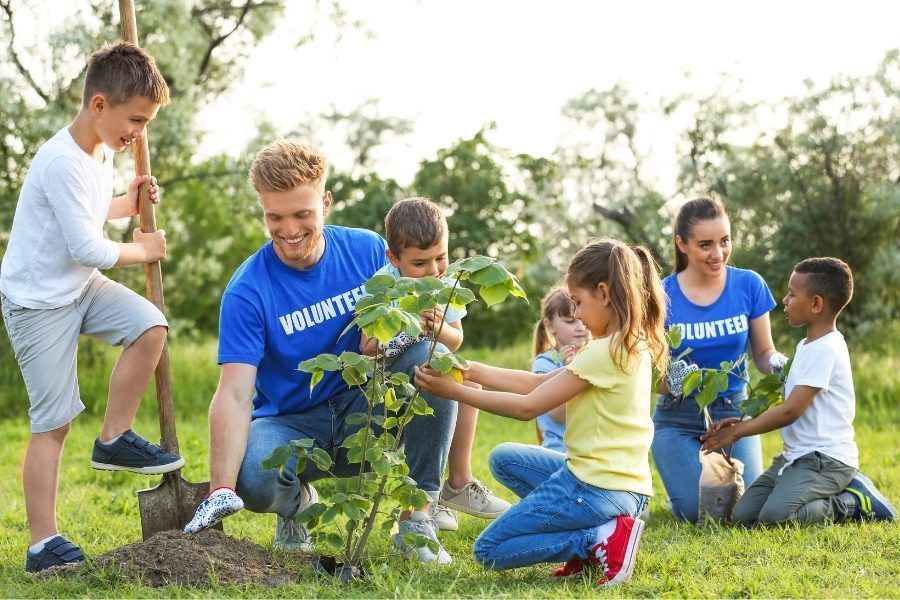
Beyond dressing properly, being prepared with the right gear can make a huge difference. Here's what we advise volunteers at CleanUP USA to bring:
Essentials:
- Water bottle (refillable, labeled)
- Sunscreen (minimum SPF 30)
- Hat or visor for outdoor shifts
- Light jacket or windbreaker
- Snacks (check if allowed)
Job-Specific Items:
- Gloves (gardening, cleaning, or loading)
- Apron or cover-up (especially in food prep)
- Change of clothes (especially after dirty or sweaty work)
- Cooling towel (highly recommended for Texas summers)
Identification & Communication Tools:
- Volunteer ID badge or printed confirmation
- Cell phone (on silent but accessible)
- Walkie-talkie or radio (if provided)
Health & Safety:
- Hand sanitizer
- Hairnet or face mask (if required)
- Allergy meds, asthma inhalers, or personal prescriptions
Navigating Texas Climate: What to Know Before You Go
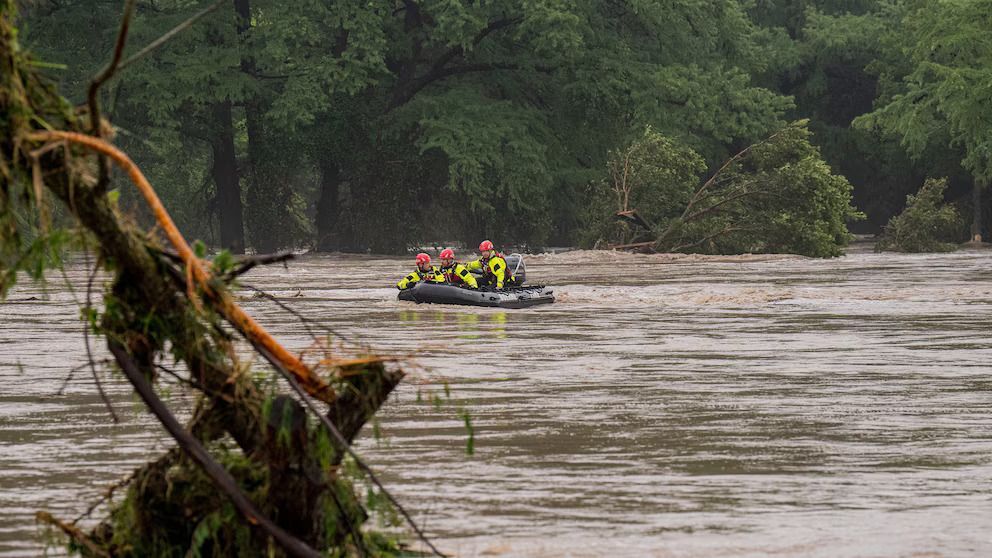
Texas is no joke when it comes to weather. Dressing wrong can lead to dehydration, sunburn, or even injury. If you’re volunteering in this state, you need to adjust accordingly.
Tips for Beating the Heat:
- Wear light-colored, moisture-wicking fabrics
- Opt for vented or mesh-backed hats
- Use sweatbands or neck cooling towels
For Cooler Months:
- Layer with thermals under polos or t-shirts
- Waterproof outer layers for unexpected rain
- Gloves with grip for warehouse or mobile shifts
Real-World Tip from CleanUP USA: Many of our shifts start early morning when it’s cool, but heat ramps up fast. Volunteers are encouraged to bring one set of layers and a change of shirt if working past noon.
Confirming with the Organization
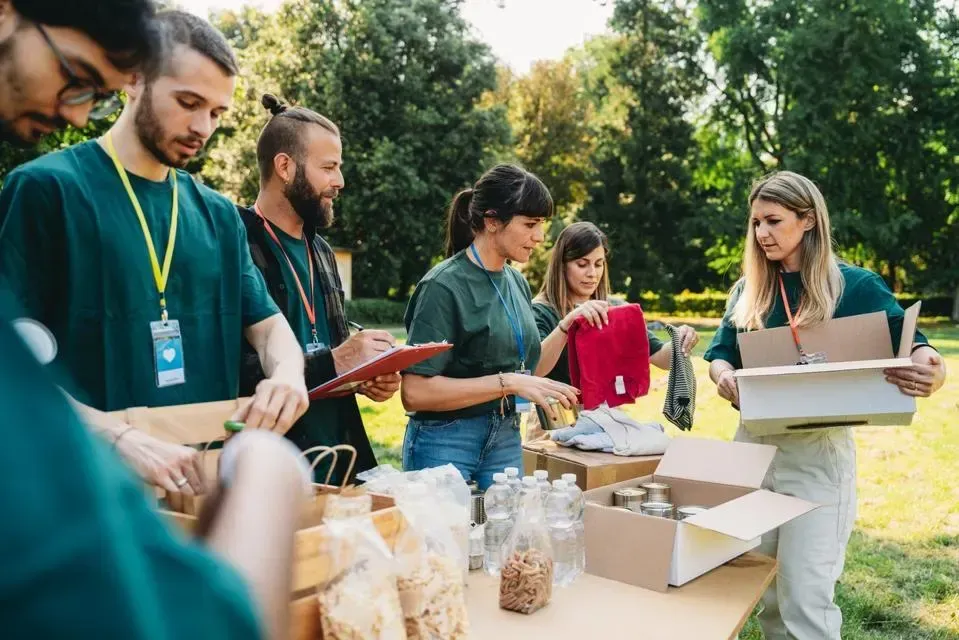
Always check with the nonprofit or program directly. Some have strict guidelines or provide uniforms (e.g., branded polos, safety vests, hairnets).
Examples:
- UMC Health System: Issues polos and requires scrub pants in some departments
- Central Texas Food Bank: Requires specific safety protocols and guidelines for warehouse volunteers
- Habitat for Humanity (Texas branches): May require steel-toe shoes and hard hats on build sites
At
CleanUP USA, we provide shirts and safety kits to all volunteers serving in mobile environments. We also offer pre-shift orientation to ensure everyone’s prepared—physically and mentally. Whether you’re donating time, lending your skills, or simply showing up ready to help, dressing properly is one of many
non-monetary ways to support charities that rely on volunteers to serve communities safely and professionally.
Dressing Smart for a Better Experience
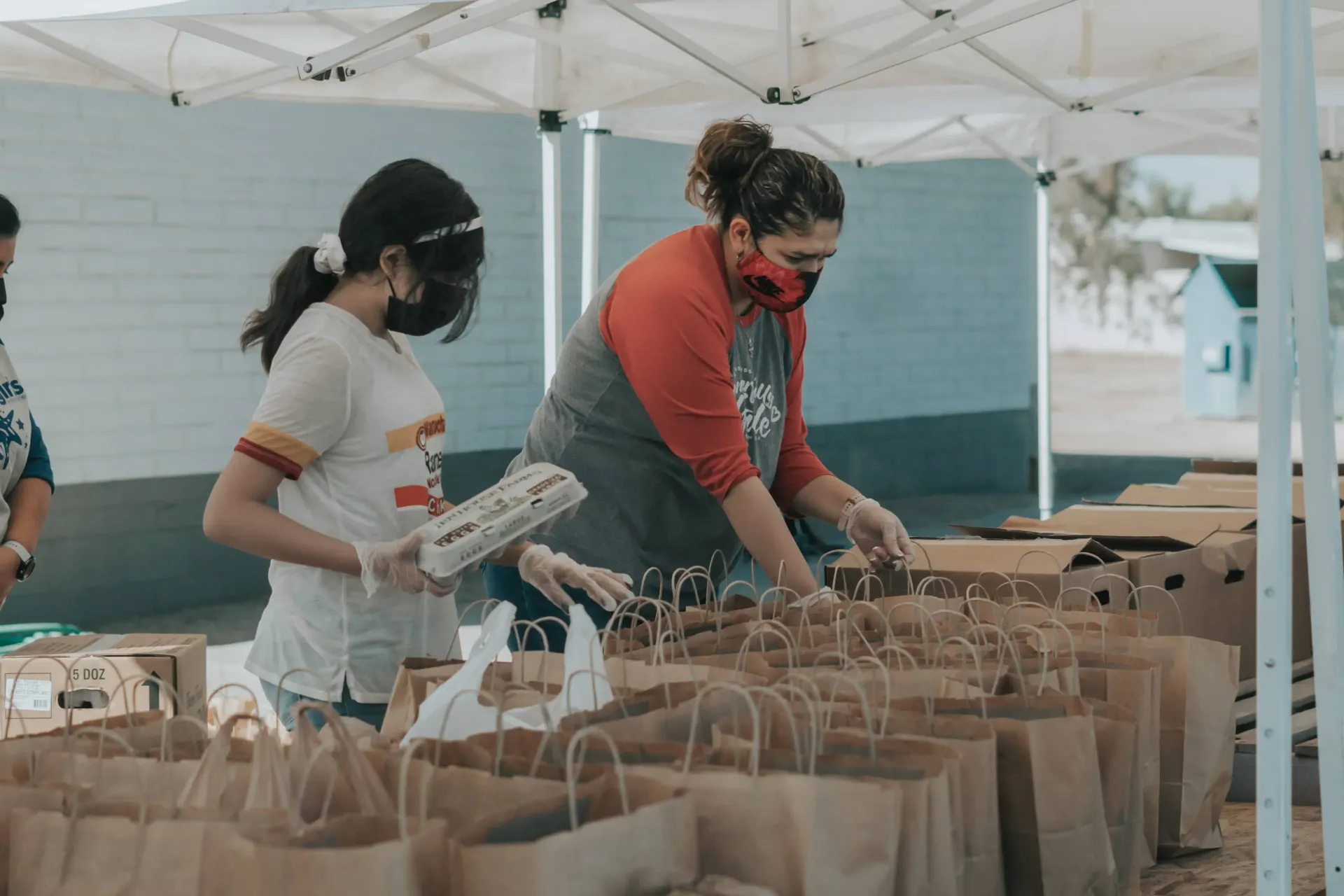
Volunteering is rewarding, but preparation makes it smoother and safer. Dressing appropriately shows you take your role seriously. It builds trust with the people you're serving and protects your health on-site.
Whether you're helping pack food, assist with mobile hygiene units, or provide admin support, how you show up physically impacts what you can accomplish.
CleanUP USA encourages all volunteers to plan ahead, dress right, and bring only what you need—because showing up prepared makes all the difference.
Support CleanUP SCAN ME






